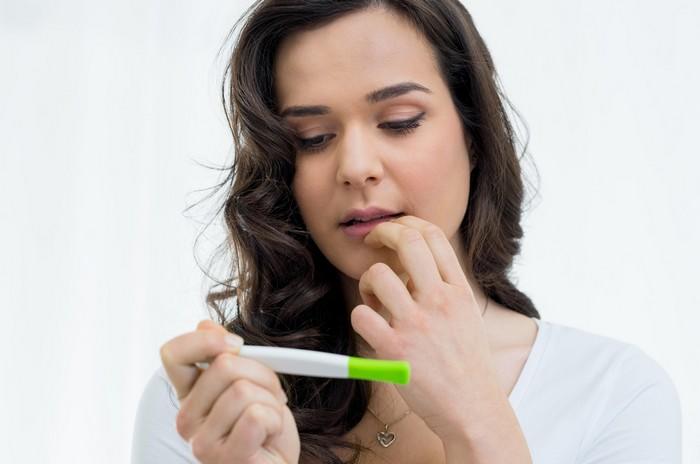A varicocele is an enlargement of the veins in the scrotum, similar to varicose veins that appear in the legs. This condition can cause discomfort, testicular shrinkage, and fertility issues in some men. One of the most well-known aspects of varicoceles is that they occur much more frequently on the left side than the right. Many men wonder why this happens and whether it has any serious health implications.
Understanding the reasons behind the higher occurrence of left-sided varicoceles requires knowledge of human anatomy, blood flow patterns, and the mechanics of vein function. This article explains why varicoceles are more common on the left side and explores whether this difference has any medical significance.
The Anatomy of the Scrotal Veins
The scrotum contains a network of veins known as the pampiniform plexus, which helps regulate testicular temperature by cooling the blood before it reaches the testicles. These veins drain blood from the testicles back to the heart. The way these veins connect to larger veins in the body plays a significant role in why left-sided varicoceles are more common.
How Blood Flow Affects Varicocele Formation
The veins in the body contain small valves that prevent blood from flowing backward. When these valves fail, blood can pool in the veins, causing them to enlarge. This is what happens in a varicocele. The direction and pressure of blood flow influence where varicoceles are most likely to form.
Why the Left Side Is More Affected
Several key anatomical differences explain why varicoceles occur more frequently on the left side.
The Left Testicular Vein Has a Different Drainage Path
One of the biggest reasons left-sided varicoceles are more common is the way the testicular veins drain blood. The left testicular vein connects to the left renal vein (the vein that drains the kidney) at a nearly 90-degree angle. This right-angled connection makes it harder for blood to flow smoothly, leading to increased pressure in the left testicular vein.
On the other hand, the right testicular vein drains directly into the much larger inferior vena cava, which provides a more direct and low-resistance path for blood to return to the heart. Because the left testicular vein has a less efficient drainage path, blood is more likely to pool, increasing the chances of developing a varicocele.
Higher Venous Pressure on the Left Side
Due to the way the left testicular vein joins the left renal vein, the blood pressure in the left vein tends to be higher than in the right. The higher pressure makes the left testicular vein more susceptible to valve failure, leading to blood pooling and vein enlargement.
Compression by Surrounding Structures
Another factor that contributes to left-sided varicoceles is the nutcracker effect. This occurs when the left renal vein is compressed between the aorta and the superior mesenteric artery, two large blood vessels in the abdomen. This compression increases pressure in the left renal vein, which in turn affects the left testicular vein. The increased pressure makes it more likely that a varicocele will develop on the left side.
Do Right-Sided Varicoceles Occur?
While varicoceles are more common on the left side, they can still occur on the right side. A right-sided varicocele is less common and may sometimes indicate a more serious condition, such as a mass or blockage in the abdomen affecting blood flow. If a right-sided varicocele appears suddenly, especially in older men, further medical evaluation may be needed.
Does a Left-Sided Varicocele Affect Fertility More?
Many studies suggest that varicoceles, particularly those on the left side, can affect male fertility. The enlarged veins cause blood to pool in the scrotum, increasing temperature around the testicles. Since sperm production requires a cooler temperature, higher scrotal temperatures can lead to reduced sperm count, poor sperm motility, and abnormal sperm shape.
Because left-sided varicoceles are more common, they are more often associated with fertility problems. However, not all men with varicoceles experience fertility issues, and treatment is only recommended if symptoms or reproductive concerns are present.
Symptoms of a Left-Sided Varicocele
Not all men with a varicocele experience symptoms, but those who do may notice:
Scrotal Heaviness or Pain
A dull, aching pain in the scrotum that worsens after standing for long periods or exercising can be a sign of a varicocele. The discomfort usually improves when lying down.
Visible or Enlarged Veins
In more severe cases, the veins in the scrotum may become visibly enlarged or feel like a “bag of worms” when touched.
Testicular Shrinkage
A varicocele may cause the affected testicle to shrink, a condition known as testicular atrophy. This occurs because the increased temperature and poor blood circulation affect testicular health.
Infertility Problems
If a couple is struggling to conceive, a varicocele may be a contributing factor. A semen analysis can help determine if sperm quality is affected.
Treatment Options for a Left-Sided Varicocele
If a varicocele causes pain, testicular shrinkage, or fertility problems, treatment may be recommended. The most common treatments include:
Lifestyle Changes
For mild cases, wearing supportive underwear, avoiding heavy lifting, and using cold therapy can help relieve discomfort.
Embolization
A varicocele embolization is a minimally invasive procedure in which a small coil or blocking agent is inserted into the vein to prevent blood from pooling.
Surgery (Varicocelectomy)
A varicocelectomy is a surgical procedure to tie off the affected veins, redirecting blood flow to normal veins. It is usually performed for men experiencing pain or infertility.
Should You Be Concerned About a Left-Sided Varicocele?
For most men, a left-sided varicocele does not pose a serious health risk. However, if it causes discomfort or affects fertility, seeking medical advice is important. A doctor can perform a physical examination and ultrasound to determine the severity of the varicocele and whether treatment is necessary.
Conclusion
A left-sided varicocele is more common due to differences in blood flow, venous drainage, and pressure in the testicular veins. The way the left testicular vein connects to the left renal vein at a right angle, combined with the nutcracker effect, increases the likelihood of blood pooling in the scrotum.
While a left-sided varicocele is often harmless, it can sometimes cause pain, testicular shrinkage, or fertility problems. Treatment options such as embolization or surgery are available for men experiencing significant symptoms. If you suspect you have a varicocele and are concerned about its effects, consulting a doctor is the best way to determine the right course of action.
Related topics:
How Is Varicocele Surgery Done?






















